You’ve finally decided it’s time to redo your driveway—or build a brand new one. You’re picturing something that turns heads, boosts curb appeal, and actually lasts through the brutal Northeast winters. But now that you’ve started looking into pavers, you’re stuck staring at pattern names like “herringbone,” “basket weave,” and “running bond,” wondering: Which one is actually right for my home?
If you’re living in places like Sparta, Byram, or Warwick, you know your driveway does more than just lead to your garage—it sets the tone for your whole property. And making the wrong choice? It’s not just a visual regret. It could mean issues with uneven wear, poor drainage, or even a surface that doesn’t hold up over time.
At Navigator Stone and Fence, we’ve helped hundreds of local homeowners across Sussex County, Orange County, and Pike County make confident decisions about their driveways. And if there’s one thing we’ve learned, it’s this: the right paver pattern doesn’t just look good—it works hard behind the scenes too.
In this article, you’ll learn how to choose a paver pattern that complements your home, fits your budget, and holds up to years of use—all without the stress of second-guessing your decision.
Why the Right Paver Pattern Matters
It’s easy to think choosing a paver pattern is just about looks. And yes, visual appeal matters—especially when your driveway is the first thing people see. But the pattern you pick plays a bigger role than most homeowners realize.
Certain patterns are naturally stronger. Others help with water drainage. Some make a narrow driveway look wider, or add texture to a flat, plain yard. And depending on the slope or layout of your driveway, the wrong pattern can actually lead to shifting, cracking, or pooling water over time.
Here’s why getting it right makes a difference:
- Structural strength: Patterns like herringbone interlock in a way that resists shifting under heavy vehicle traffic. Ideal for longer or sloped driveways.
- Visual balance: The right pattern can make a small space feel bigger or add symmetry to an uneven layout.
- Style matching: Your pattern should complement your home’s architecture—whether it’s a classic colonial in Warwick or a modern build in Sparta.
- Long-term durability: Certain patterns are better suited for freeze-thaw cycles we see in Sussex and Orange counties.
Bottom line: you’re not just picking a pattern, you’re laying the foundation for how your driveway will look, feel, and hold up for the next 15–30 years.
The Top Driveway Paver Patterns (Pros and Cons)
Not all paver patterns are created equal—especially when it comes to driveways. Some look great in a garden path but won’t stand up to the weight of vehicles or the wear of four seasons. Here are the top paver patterns homeowners in places like Sparta, Byram, and Warwick should consider—and what you need to know about each.

Herringbone Pattern
- Best for: Strength and durability
- How it looks: Bricks are laid at 45 or 90-degree angles, creating a zig-zag pattern.
- Pros:
- Extremely strong interlock—great for driveways that see daily vehicle traffic.
- Disguises oil stains and tyre marks well.
- Cons:
- Slightly more labor-intensive to install, which can increase cost.
- May look too “busy” for very small spaces.
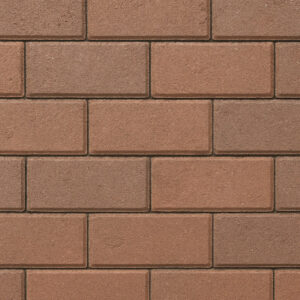
Running Bond Pattern
- Best for: Simple, clean aesthetic
- How it looks: Bricks are laid in rows with each one offset by half the width of the brick.
- Pros:
- Timeless and neat.
- Cost-effective and quick to install.
- Cons:
- Not as strong as herringbone—better for shorter, flatter driveways.
- Can show wear more obviously in high-traffic areas.
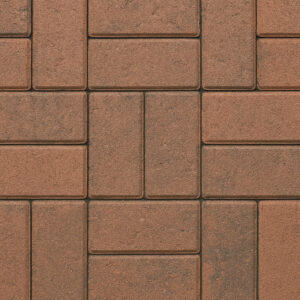
Basket Weave Pattern
- Best for: Classic or traditional-style homes
- How it looks: Pairs of bricks are laid to create a woven appearance.
- Pros:
- Has old-world charm—suits colonial or farmhouse-style homes.
- Symmetrical and visually balanced.
- Cons:
- Not ideal for sloped driveways—it can loosen over time if not installed properly.
- May trap water more easily in snowy or rainy conditions.
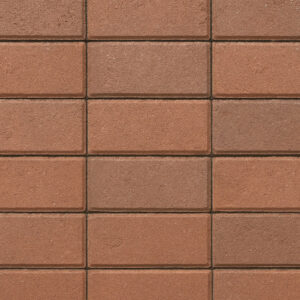
Stacked Bond Pattern
- Best for: Modern designs and minimalist styles
- How it looks: Bricks are laid in straight lines, one directly on top of the other.
- Pros:
- Very clean and contemporary look.
- Easy to install and align.
- Cons:
- Weakest interlock—should only be used with reinforced base layers.
- More prone to shifting under heavy loads.
Each pattern has a purpose—and picking the right one depends on more than just taste. You’ll want to think about how your driveway is used, what your home looks like, and what your local conditions demand.
How to Match a Paver Pattern to Your Home Style
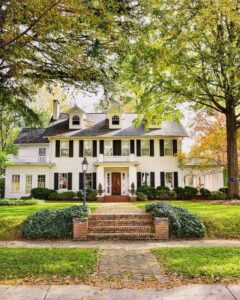
Traditional or Colonial Homes
Choose: Basket weave or herringbone.
These patterns add texture and a timeless feel that matches brick facades, gabled roofs, and symmetrical layouts. Basket weave adds a touch of classic charm, while herringbone provides visual interest and strength.
(common in Warwick and Sparta)
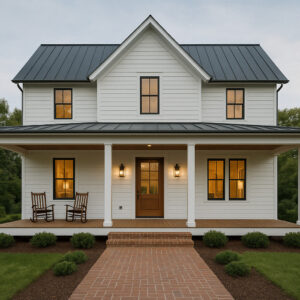
Rustic or Farmhouse Homes
Choose: Random or tumbled stone patterns using a herringbone base.
A herringbone pattern with distressed or tumbled pavers mimics old-world craftsmanship and blends beautifully with wood accents and barn-style features.
(often seen in Byram and rural Sussex)

Transitional or Mixed-Style Homes
Choose: Herringbone or custom hybrid patterns.
If your home blends styles (e.g., modern farmhouse or craftsman), a herringbone pattern strikes the right balance between structured and stylish. You can also mix patterns—like a basket weave border with a herringbone centre—for a unique look.
Norm’s Notes:
Take a photo of your home and compare it with pattern samples. Or better yet, ask your installer to mock it up so you can visualize how it will all come together.
Durability & Maintenance: What to Know Before You Choose
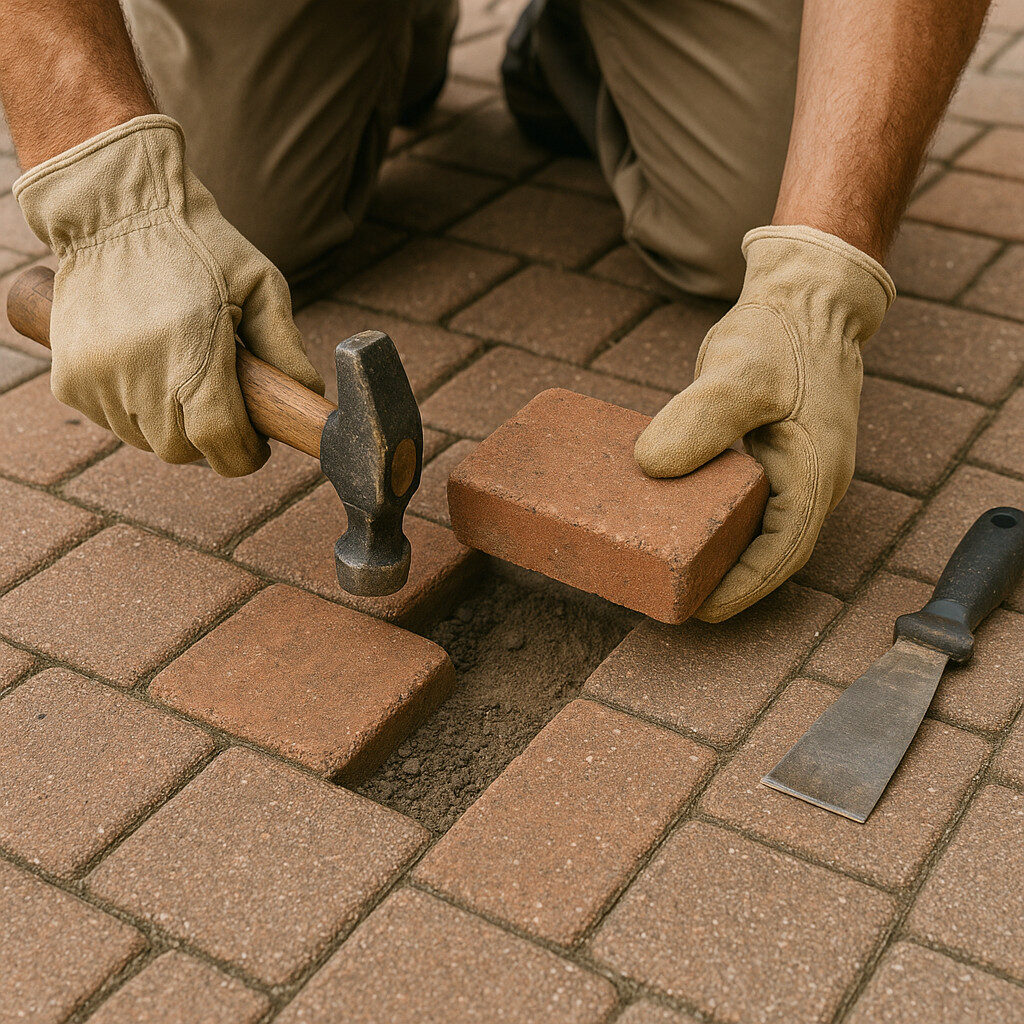
Driveways take a beating—between cars, snow shovels, freeze-thaw cycles, and the occasional oil spill, your paver pattern needs to hold up to real life. And while looks matter, you don’t want to pick a pattern that gives you headaches down the road.
Here’s what you need to keep in mind:
Traffic Load
If your driveway sees daily vehicle use (especially heavier trucks or SUVs), you need a pattern with strong interlock—like herringbone. It distributes weight evenly and resists shifting over time.
Drainage and Slope
Live on a hill or have runoff issues in the spring? Choose patterns that allow for easy water flow and pair them with a permeable base. Avoid flat-laid patterns like stack bond unless your base is perfectly prepped and properly graded.
Freeze-Thaw Resilience
In areas like Sussex and Orange counties, the freeze-thaw cycle is brutal. This makes installation quality and base preparation just as important as the pattern itself. Strong interlocking patterns (again, herringbone leads the way) prevent movement and cracking.
Ease of Repair
Patterns like running bond and stack bond are easier to lift and reset if you need to replace a damaged paver. Complex patterns like basket weave can be trickier and may require more time to repair.
Long-Term Maintenance
Textured or uneven patterns may trap dirt, snow, or weeds more easily—especially along the edges. Choosing a simple pattern with tight seams helps cut down on cleanup time.
Bottom line: If you want a low-maintenance, high-durability option, go with a strong pattern like herringbone and make sure the base is solid. It’s not just about how it looks—it’s about how it performs year after year.
Cost Considerations: Are Fancy Patterns Worth It?
Let’s be honest—when you see a driveway with a beautiful paver pattern, it can be tempting to go all in. And while more intricate designs can elevate the look of your home, they often come with added complexity. So the question becomes: is it worth it?
More Complex Patterns Usually Mean More Labor
Intricate patterns like herringbone or custom inlays take more time and skill to install. That doesn’t mean they’re out of reach—it just means you should weigh the value they bring to your home against the increased installation time.
Simpler Patterns Still Look Great
Running bond or stack bond patterns offer clean lines and a polished look without the extra complexity. They can still transform your driveway—especially when paired with high-quality materials or creative layout choices like contrasting borders.
Long-Term Value Matters More Than Flash
A “fancier” pattern that holds up better under vehicle weight and seasonal wear might save you money over time by reducing the need for repairs or replacements. In that sense, investing in a stronger pattern is less about aesthetics and more about smart planning.
It’s Not Just the Pattern—It’s the Installation
Even the simplest pattern can fail if it’s installed poorly. A great installer will help you choose a pattern that balances looks, functionality, and efficiency—so you’re not paying extra for a design that doesn’t serve you in the long run.
In short: if a decorative pattern aligns with your style and is properly installed, it can absolutely be worth the extra investment. But don’t underestimate how much a well-laid, simple pattern can enhance your curb appeal and property value too.
How to Visualize Your Driveway Before You Commit
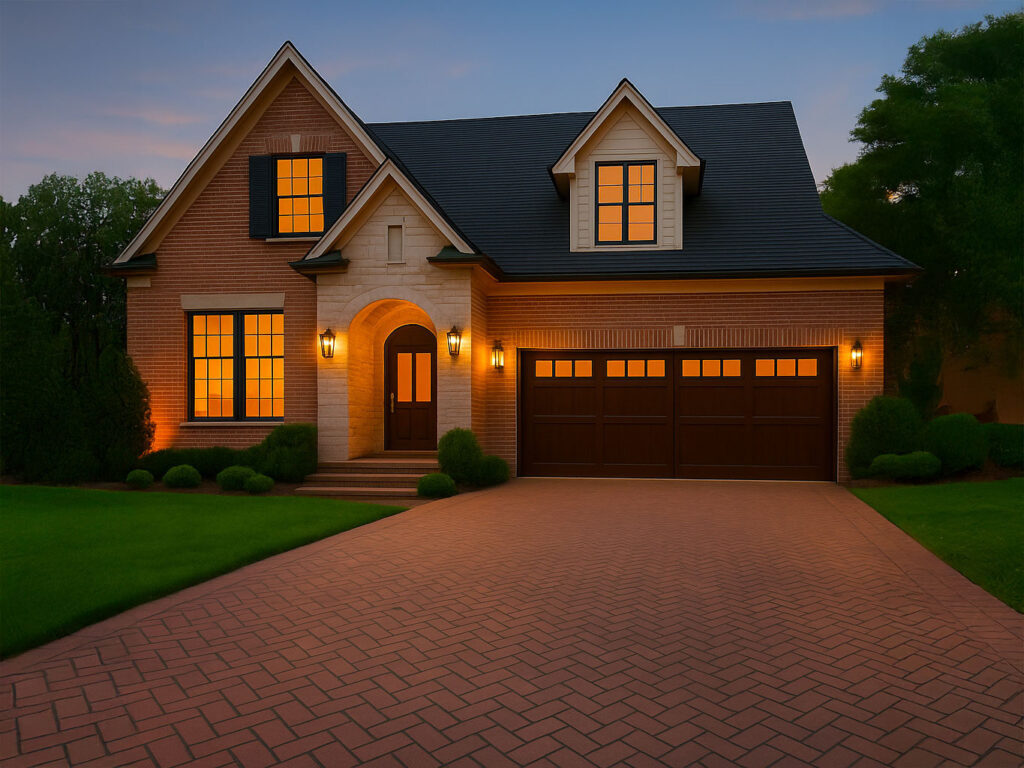
It’s one thing to pick a paver pattern from a brochure—but it’s another to imagine how it’ll actually look in front of your home. The last thing you want is to invest in a driveway that feels “off” once it’s installed.
Here’s how to see it before you seal the deal:
Use Digital Visualization Tools
Many paver manufacturers offer free online tools that let you upload a photo of your home and test out different patterns, colors, and layouts. While not perfect, they give you a helpful starting point to narrow down your favorites.
Request Sample Layouts
Ask your contractor to lay out a few pavers on-site in different patterns. Seeing how the sun hits the materials and how they contrast with your home’s exterior makes a huge difference—especially in towns like Sparta or Warwick where architecture styles can vary street by street.
Drive Around Your Neighborhood
Take a walk or drive around your local area (Sparta, Byram, Warwick). You’ll start to notice which patterns catch your eye and which ones clash with the style of certain homes. Snap photos and bring them to your contractor for reference.
Consider a Border or Accent Area
Sometimes adding a contrasting border or an accent pattern near the garage or walkway helps break up the space visually—without committing to a complex full-pattern design.
Sleep On It
If you’re on the fence between two patterns, don’t rush it. Live with the idea for a few days, compare visuals, and ask for advice. Your driveway isn’t something you change often, so a little extra time upfront is always worth it.
Norm’s Notes: Seeing is believing.
Take every opportunity to visualize before installation begins—it’s the best way to avoid costly second thoughts later.
Final Tips for Making the Right Choice
Choosing the right paver pattern doesn’t need to be overwhelming. Yes, there are lots of options—but with the right approach, you can land on a design that looks great, lasts long, and fits your home like a glove.
Here are a few final tips to guide your decision:
1. Focus on Function First
Start with how your driveway will be used. If it sees daily traffic or sits on a slope, strength and stability should take priority over looks. Herringbone is a safe bet for performance.
2. Match the Style, Not the Trend
What’s trendy now might not look great in five years. Instead of following Pinterest boards blindly, match your pattern to the architectural style of your home. It’ll always feel timeless.
3. Lean on Your Local Expert
A seasoned installer—especially one familiar with homes in Sussex, Orange, and Pike counties—can spot potential issues and guide you toward the smartest choice. Trust their experience; they’ve seen what works and what doesn’t in your area.
4. Don’t Skip the Base
Even the best pattern won’t last if the base isn’t properly prepared. A good installer will make sure your foundation is compacted, graded, and ready to go.
5. Take Your Time
This is a long-term investment. Don’t rush the process. Ask questions, review samples, and visualize the final product before signing off.
When done right, your paver driveway becomes more than just a place to park—it’s a feature that adds beauty, value, and pride to your home.
Ready to Build a Driveway That Stands Out?
If you’re planning a new driveway in Sparta, Byram, Warwick or anywhere across Sussex County NJ, Orange County NY, or Pike County PA, Navigator Stone and Fence is here to help. From choosing the perfect paver pattern to expert installation that lasts, we’ll guide you every step of the way.
Get in touch today for a free consultation by requesting an estimate—or check out our gallery of past projects for some inspiration.

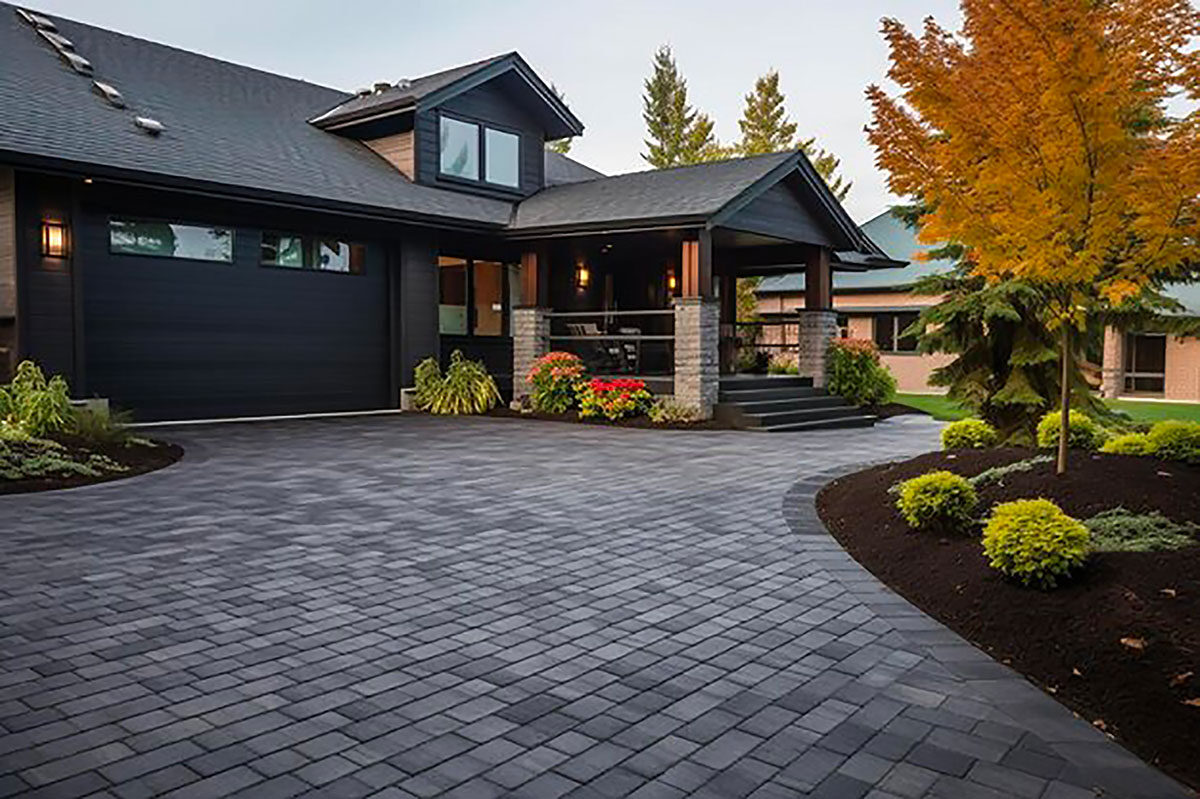


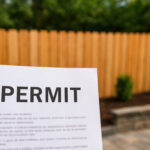
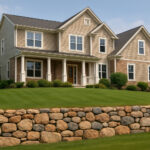


Leave a Reply